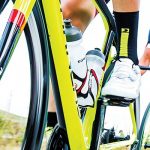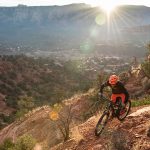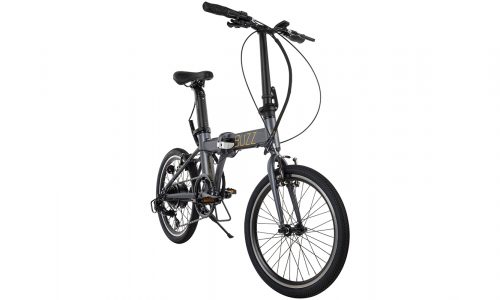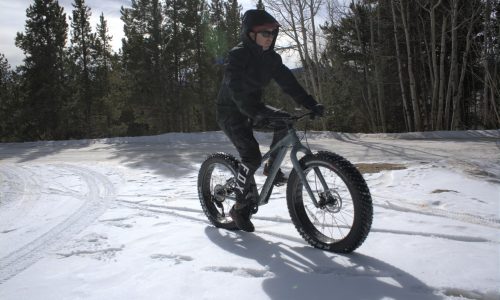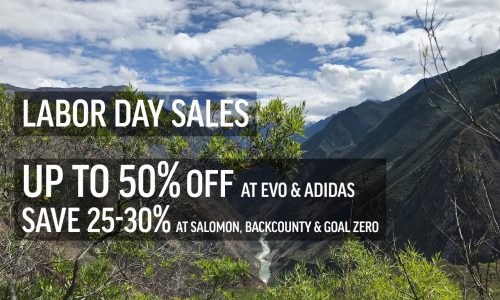Home » Gear Reviews » Biking » Bike Shoes » Mountain Bike Shoes » Specialized Rime Expert
Specialized Rime Expert Review
October 22, 2015
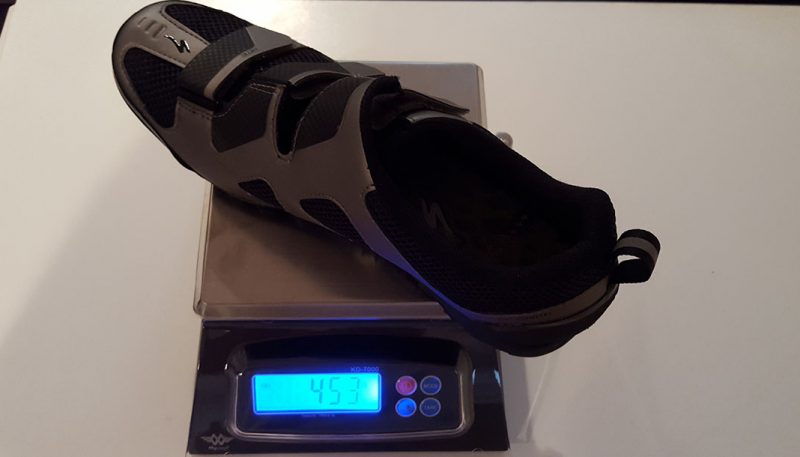
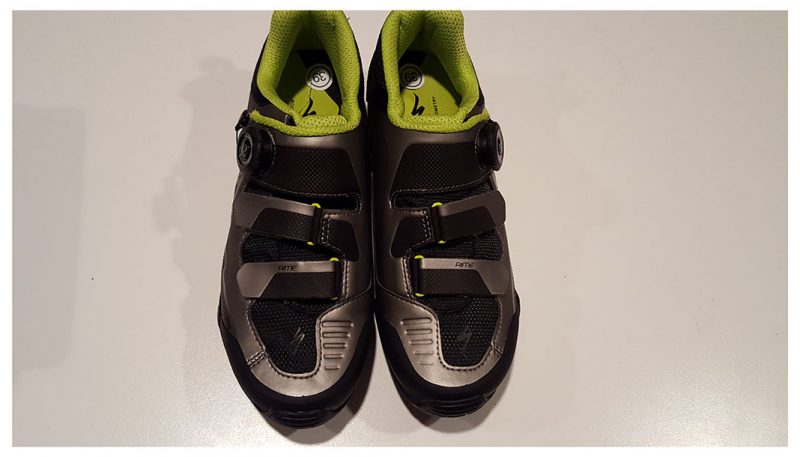

















 91
91 The Good
- Relatively stiff for category
- Closure dial easy to use and great micro adjust
- Wrap tongue hugs and minimizes pinching
- Extra-high padding over vulnerable inner ankle
The Bad
- Closure cable must be threaded each time
- Flimsy insole
- Heavy and clunky
While the stiffness of the Specialized Rime Expert is certainly not sufficient for serious XC racing, or even hardcore enthusiasts, the shoe remains efficient enough for most riders, even while climbing, due to the majority of the flex occurring away from the foot/pedal interface. And when the trail gets really gnarly, the low-profile, uber-sticky Vibram outsole is the best in the group for traction, and a close second in walkability. There’s also plenty of protection around the foot, with armor under the toe, heel and outer, and the extra-high inner ankle padding. A strong and high-value option for Trail riders and Enduro racers who also occasionally ride smoother more flowy routes.
To be honest, the Rime Expert is a bit out of place here—it’s definitely designed more for Trail/Enduro riding—but unfortunately Specialized doesn’t have a more XC-focused shoe in the price range we’re covering. So this review will focus more on its intended purpose but also its crossover capabilities. Despite the clear Trail-oriented design, this shoe would actually make an excellent all-arounder for serious Trail riders and Enduro racers who also like to dabble in XC riding occasionally.
Stiffness/Power Transfer
The Rime Expert is fairly stiff and responsive for a shoe designed for Enduro riding, but not to a fault. In some shoes this could cause discomfort over the long haul of an Enduro event, with lots of off-bike sections, but not here. There was minimal flex underfoot for efficient power, but enough in the toes for comfort. This will also make the climbing sections much more enjoyable, with minimal wasted energy. The heel cup held firm under all but very heavy, out-of-saddle efforts, and the wrap tongue and boa top strap also help here adding a tight, secure, even fit. There’s ample efficiency for casual XC style riding too, but it’s not a good option for racing (nor was it intended to be).
Fit/Comfort
The Rime looks and feels more like a hiking shoe, and in general it wears that way too. The wrap tongue is soft and well-padded and smoothes out pressure from the straps. The heel is also soft yet secure, even on narrow heels, but the toe box was a bit narrow for wider forefeet. On longer rides and/or rides with lots of hiking sections or step downs, riders will appreciate the flexible toe and EVA foam under the heel. No matter how much hiking, your feet should remain cramp and blister free in these shoes. However while they offer adequate ventilation, the drainage is an issue especially for rides with lots of stream crossing or standing water.
Closure System
Nothing beats a bi-directional dial system for quick, ergonomic, incremental adjustment, especially on the fly. And Boa’s system is as good as they get, with silky smooth dial and cable action, and reliable holding power. And they’ve proven quite durable over the years, and are easily wrenched or replaced if something goes wrong. That said, this system only closes one strap across the instep, with Velcro straps across mid and forefoot—plus the cable is detached so you have to “thread” it each time. Velcro would have been easier and lighter! But it does offer excellent on-the-fly micro adjustment. Routing the cable over the midfoot would have been a more sensible use of a dial closure. But while the slightly off-centered, wrap is snug and secure under the two Velcro straps, and can be fully cranked without discomfort, the synthetic leather upper is a bit stiff making them challenging to put on or take off, especially when dealing with the loose-hanging cable loop with riding gloves on, and if you mistakenly over-loosen on the fly, the cable can come loose forcing you to stop.
Construction/Durability
We’ve already mentioned the durability of the Boa dials and cables, plus they’re easily replaceable if anything should go wrong. And the upper is well-protected almost the whole way around, with rubberized bumpers and armor plates. After multiple rides there’s barely a visible mark on the uppers – this is especially beneficial for gravel riders. The rubber outsole will probably wear more than the traditional TPU, but most riders will never have to replace the shoes for this, and it’s well worth the extra traction. One potential weak spot is the plastic tab around which the cable loops and tightens—it seems very flimsy for a critical, high-pressure piece, and it’s not replaceable. But after about a month ours is still in good shape. So while the efficiency is quite solid overall, all of this burliness will decrease its effectiveness on smoother, faster XC rides, so it limits the versatility a bit.
Off-Bike Performance
Designed for much more aggressive riding, this is clearly the best walker in the group. The Vibram outsole is not only as sticky as you’d ever need, but also runs the full length of the shoe, not just on the tips of hard plastic lugs like others. It’s basically a hiking-shoe outsole, albeit much stiffer for riding efficiency and with a softer toe for a natural gait. There’s even an EVA insert under the heel for more cushion while walking—it’s small but helps a ton over the long haul.
Breathability/Drainage
This is also the most breathable in the test, with ample mesh all around, including the top of the instep and sides of the heel—rare in most MTB shoes. This of course means more water coming in, but there are plenty of places for it to squeeze back out quickly. And the good airflow will help evaporate what’s left. The only issue could be cold weather riding, where you may need a toe cover or bootie sooner than the others.










